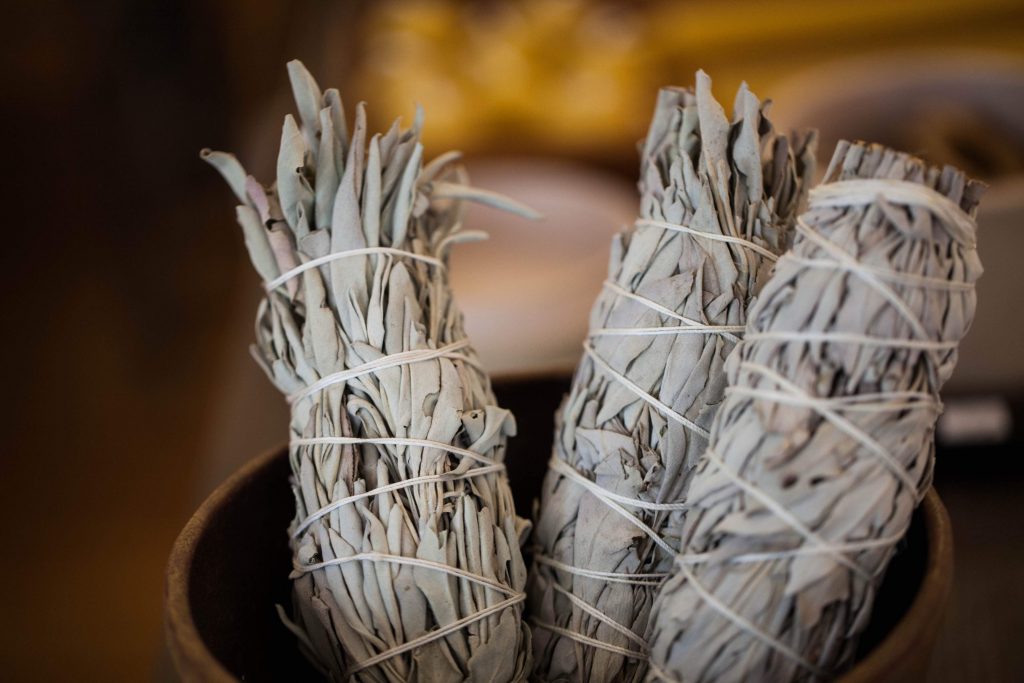5 Cultural Safety as Pedagogy
By: Dr. Mary Smith

Pedagogical skills that I draw upon are derived from my underpinning assumptions and lifetime experiences shaped by many relations who are both Anishinaabe (Ojibway) and Potawatomie. Through exploring Cultural Safety as a pillar that inspires my pedagogical approach, I emphasize the importance of all educator’s to critically analyze how one’s own assumptions and the way we were brought up and educated, influences how ‘safe’ our educational styles are. As developed by the Maori nurse, Dr. Irihapeti Ramsden, Cultural Safety should be capitalized as it respects the autonomy and self-determination of the individual or student.
I recall a specific class which was to engage students in learning about the Truth and Reconciliation’s (TRC) Calls to Action as applicable to health care. Prior to the pandemic, we were able to meet together and form a circle. An elder was able to participate and began with a prayer in Anishinaabe (Ojibway) and then translated the same prayer in English. We then moved outside with the elder to conduct a smudge to not set off the smoke detectors. The elder explained first that the smudge involved the burning of some sage, a sacred medicine, where we would each have a turn to drift the smoke from the sage towards our minds and hearts. The sage represents a cleansing from the creator that would cleanse and purify so that when we entered the circle we would be prepared to speak from the heart, genuinely and authentically, to share our innermost thoughts and feelings. After the smudge we all returned to sit together in the circle.
Within the circle, as the facilitator, I described each Call to Action. Then we each took turns sharing our perspectives of what they meant within health care and how we could demonstrate authentically them through our health care practice. For example, Call to Action #22 addresses the value of Indigenous healing practices in collaboration with healers and Elders. Some students expressed that many had no familiarity with healing practices or traditions. Other students shared ideas how they could learn more. The benefit of the circle is that it allows everyone a chance to speak, reflect and share. In very large classes it is a challenge to form circles. This may be achieved by dividing the class in small groups and assigning a facilitator to each group that has familiarity with the TRC and the history of colonization.
In online classes during the pandemic, sharing circles may be created through breakout groups where they all place their name on a circle. Students then know when it is their turn to partake and share. In the sharing circles that I have facilitated with elders, we let participants know that they do not have to speak and may say pass if for some reason they feel uncomfortable in sharing. Often an object is passed around that lets the person know when it is their time to speak. The facilitator must stress that respect for everyone in the circle is necessary and what is said must be kept confidential. The elder begins and closes each circle, often in their community language. Most importantly, the engagement in the circle dialogue involving an elder, offers learning that seeks to address untold histories and harmful stereotypes.

Photo by Ginny Rose Stewart on Unsplash
